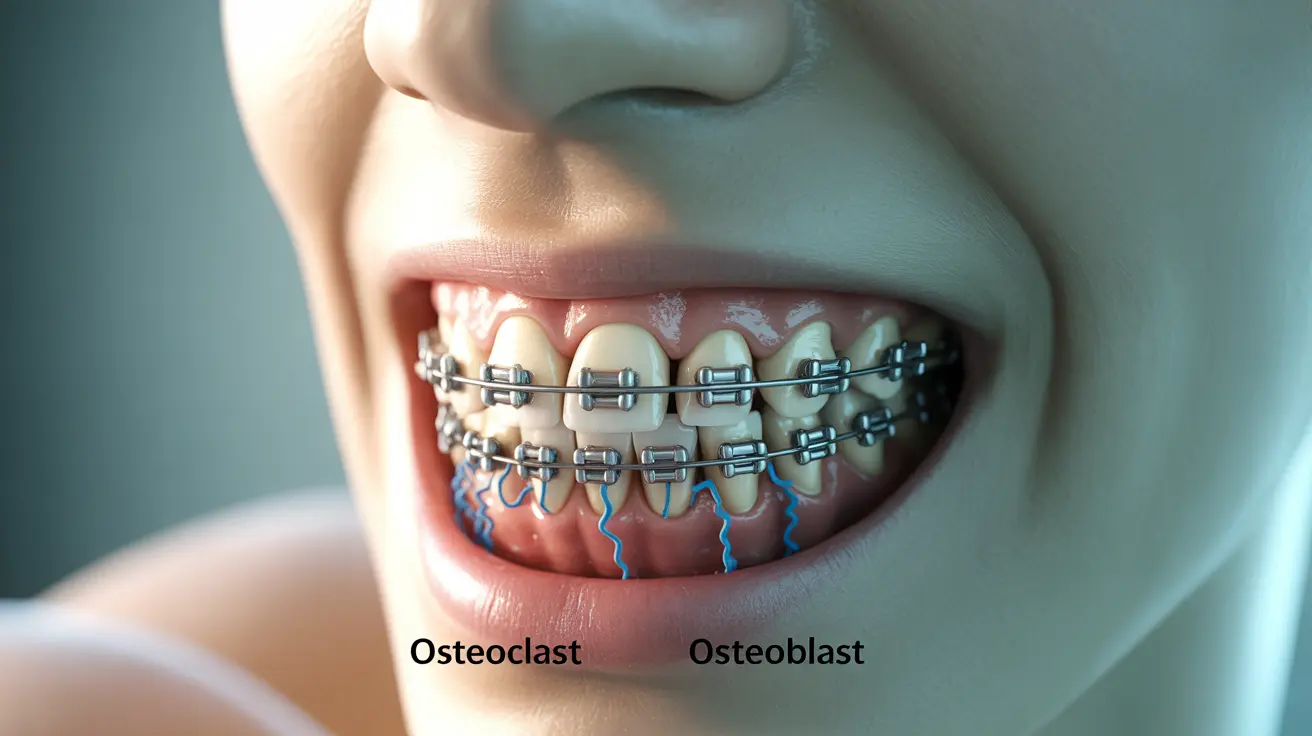Braces are a remarkable orthodontic treatment that can transform misaligned teeth into a perfectly straight smile. While the end result may seem magical, the science behind how braces work involves precise engineering and biological processes. This comprehensive guide will explain the mechanics of braces and how they gradually reshape your smile.
The Basic Mechanics of Orthodontic Movement
At their core, braces work by applying consistent, gentle pressure to gradually move teeth into their desired positions. This carefully calculated force initiates a biological process that allows teeth to shift through the jawbone, creating lasting changes in your dental alignment.
Essential Components of Traditional Braces
Modern braces consist of several key components working together:
- Brackets: Small metal or ceramic attachments bonded to each tooth
- Archwire: A flexible wire that connects all brackets
- Elastic bands: Rubber bands that create additional directional force
- Bonding material: Special cement that secures brackets to teeth
- Spacers and tubes: Components that guide wire placement and movement
The Science Behind Tooth Movement
When braces apply pressure to teeth, they trigger a fascinating biological response in your jaw. On the pressure side, bone cells called osteoclasts break down bone tissue. Meanwhile, on the tension side, osteoblasts form new bone tissue. This coordinated process, known as bone remodeling, enables teeth to move through the jawbone while maintaining stability.
The Role of Continuous Pressure
Consistent pressure is crucial for successful orthodontic treatment. The force must be gentle enough to avoid damage but strong enough to stimulate bone remodeling. This is why regular adjustments are necessary – your orthodontist tightens or changes the archwires to maintain optimal pressure as teeth shift position.
Modern Braces Options
Today's patients can choose from several types of braces:
- Traditional metal braces: The most common and economical option
- Ceramic braces: Less visible with tooth-colored brackets
- Lingual braces: Hidden behind teeth
- Clear aligners: Removable plastic trays that gradually shift teeth
Treatment Timeline and Expectations
The duration of orthodontic treatment varies depending on individual needs, typically ranging from 18 months to 3 years. Factors affecting treatment length include:
- Severity of misalignment
- Type of orthodontic issues being corrected
- Patient age and bone density
- Compliance with treatment guidelines
- Choice of braces system
Frequently Asked Questions
How do braces move teeth to correct alignment?
Braces move teeth through a process called bone remodeling. They apply consistent pressure to teeth, causing the surrounding bone to break down on one side and rebuild on the other. This allows teeth to gradually shift position while remaining firmly anchored in the jaw.
What are the main parts of braces and how do they work together to shift teeth?
The main components include brackets bonded to teeth, archwires that create pressure, and elastic bands that provide directional force. These parts work together to apply controlled pressure that guides teeth into proper alignment while maintaining stability throughout the treatment process.
How long does it typically take for teeth to move with braces, and why is continuous pressure important?
Teeth typically begin moving within a few days of pressure application, but complete treatment usually takes 18-36 months. Continuous pressure is essential because it maintains the bone remodeling process necessary for tooth movement. Without consistent force, teeth may shift back to their original positions.
What biological process happens in the bone and gums when braces adjust tooth position?
When braces exert pressure, they trigger a biological response where osteoclasts break down bone tissue on the pressure side while osteoblasts form new bone on the tension side. This coordinated process allows teeth to move through the jawbone while maintaining structural integrity.
What are the different types of braces available and how do they differ in how they work?
Available options include traditional metal braces, ceramic braces, lingual braces, and clear aligners. While all types work by applying pressure to move teeth, they differ in visibility, comfort, and treatment approach. Traditional braces use fixed brackets and wires, while clear aligners use removable plastic trays to achieve tooth movement.




